What's that smell...
From flowers that smell like wee to leaves that look like belly buttons, here are some of our weirdest plants!
© Philip Precey
Bird’s-foot trefoil
Bird’s-foot trefoil is a bright plant that grows in grassy areas. Its flowers are egg yolk yellow with splashes of red, like bacon, giving them the nickname eggs and bacon. Other names include granny’s toenails because of the claw-like seedpods that develop in autumn!
© Philip Precey
Fly orchid
This clever plant uses mimicry to fool insects into pollinating it! The flowers look like little flies, but it actually produces pheromones (smelly chemicals) similar to a female digger wasp. This attracts male wasps, which accidentally pick up pollen and carry it to another plant.
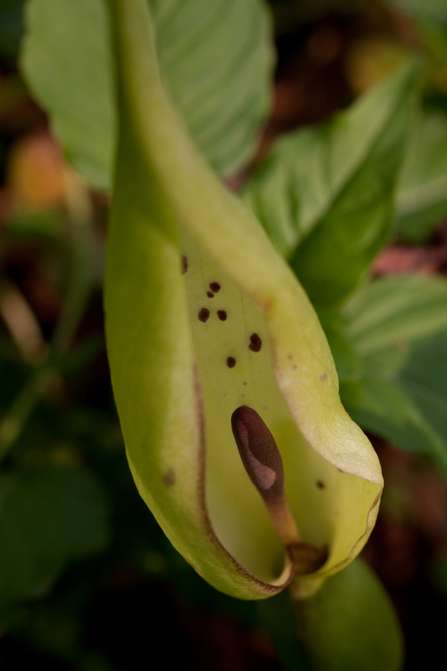
© Vaughn Matthews
Lord-and-Ladies
Lords-and-Ladies have arrow-shaped leaves and a small flower that hides within a cobra-like “hood”. The flower has a gross side, as it smells like urine to attract insects - yuck! Its berries are poisonous and the plant produces tiny crystals that can irritate your skin.
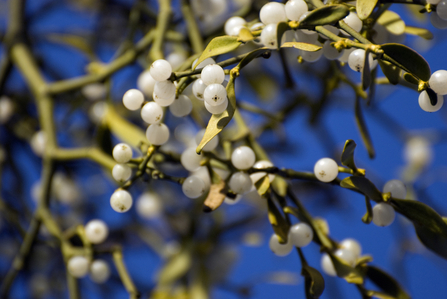
© Zsuzsanna Bird
Mistletoe
Mistletoe is a parasite that grows on trees. In winter it produces gooey snot-like berries. Birds like mistle thrushes feast on the berries, getting messy beaks! The birds wipe their beaks on tree branches to clean themselves up, leaving seeds behind from which new bunches of mistletoe grow!
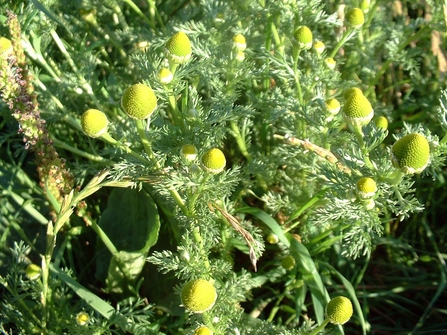
© Neil Wyatt
Pineapple weed
As its name suggests, if you squeeze the cone shaped flower heads of this plant you’ll be treated to the delicious smell of pineapple! It loves growing on pavements and along roadsides and other places with well trampled or compacted soil.
© Philip Precey
Navel wort
growing from cracks in walls and rocky places, plants that look like belly buttons can be found! Navel wort is a succulent, which means it’s good at holding water. Green, round and fleshy with a dimple in the middle, these lovely little plants grow on stalks and some people actually eat them!
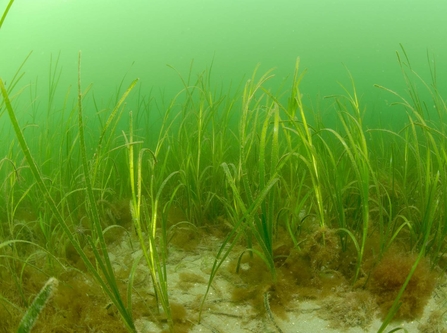
© Paul Naylor, marinephoto.co.uk
Seagrasses
Seagrasses are great planet protectors! They’re the only species of plant that can pollinate whilst submerged in seawater. We can thank seagrasses for soaking up the ocean’s carbon. They also help reduce coastal erosion as their roots help secure the seabed!
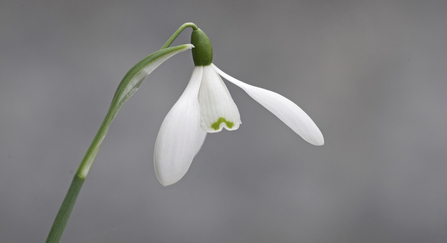
© Dawn Monrose
Snowdrops
Snowdrops look delicate but are really tough plants, with hardened tips for pushing through hard ground. If they get too cold they may wilt, but natural antifreeze in the leaves stops them from freezing. When the weather gets warmer they spring back to life again!
